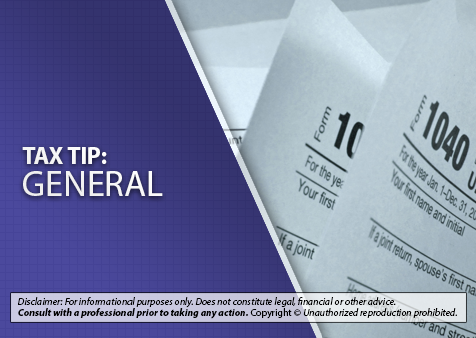Effective vs. Marginal Tax Rates – Did You Know?
Do taxpayers belonging to the “22% tax bracket” actually pay federal income taxes equal to 22% of their earnings? The answer is no, and the explanation lies in the difference between marginal and effective (or average) tax rates. First off, you only pay income tax on your taxable income, which is your adjusted gross income minus any allowed deductions. Next, each IRS tax rate only applies to the portion of your taxable income that falls within that bracket.
For example, the 2019 tax rates for a single taxpayer included 10% for incomes up to $9,700, 12% for incomes over $9,700, and 22% for incomes over $39,475, with next rate (24%) kicking in at $84,200. Suppose your 2019 total income is $87,000, but your taxable income is only $68,000. Your marginal tax rate (the highest tax rate that applies to you) is then 22%. You will pay 10% on your first $9,700 of income, 12% tax on the part of your income in the $9,700–$39,475 range, and 22% tax on the part of your income in the $39,476–$68,000 range. This all adds up to $10,819 in income tax, or about 12.4% of your total income. So 12.4% is your effective tax rate—the percent of your total income you actually lose to federal income tax.
A tax advisor can help you estimate your effective tax rate so you can better plan your 2020 budget. Remember that in addition to federal income taxes, you may also pay FICA (Social Security and Medicare), state, and local taxes.



